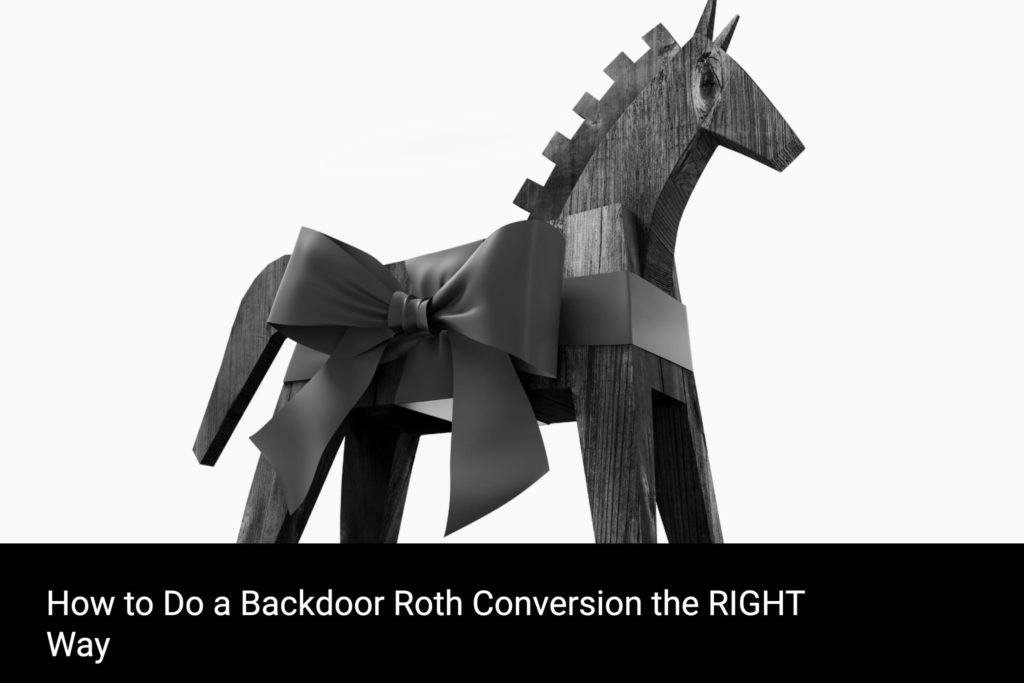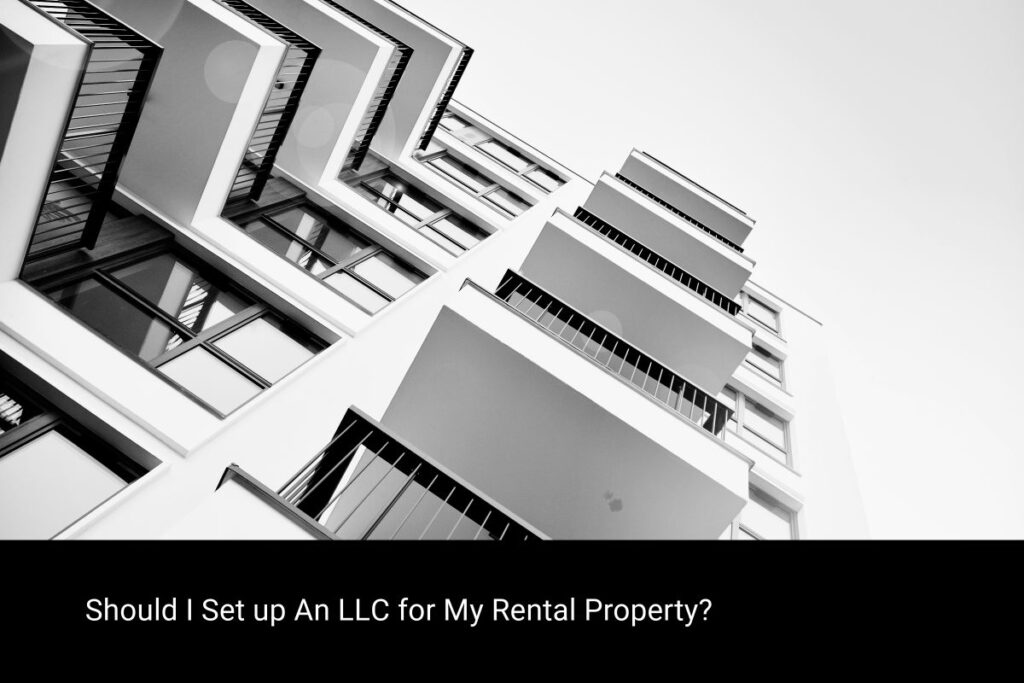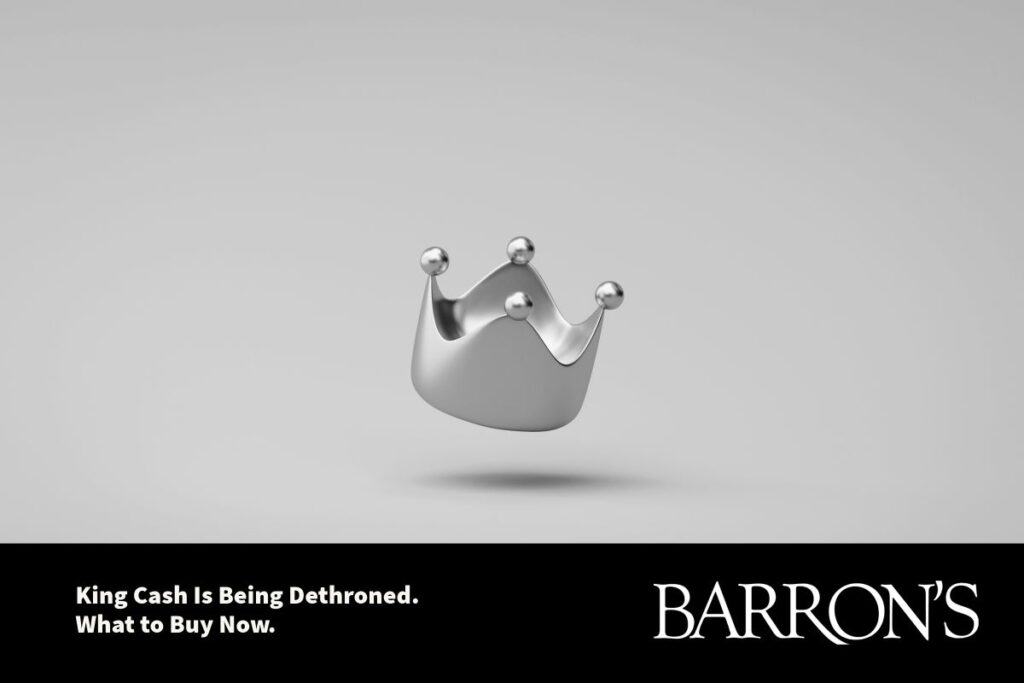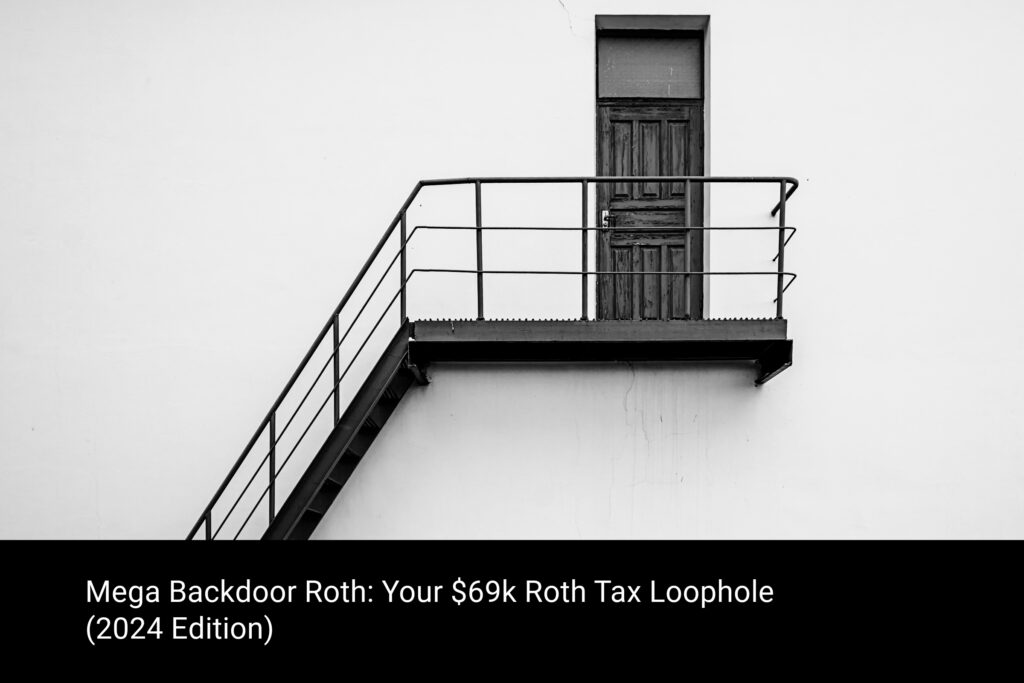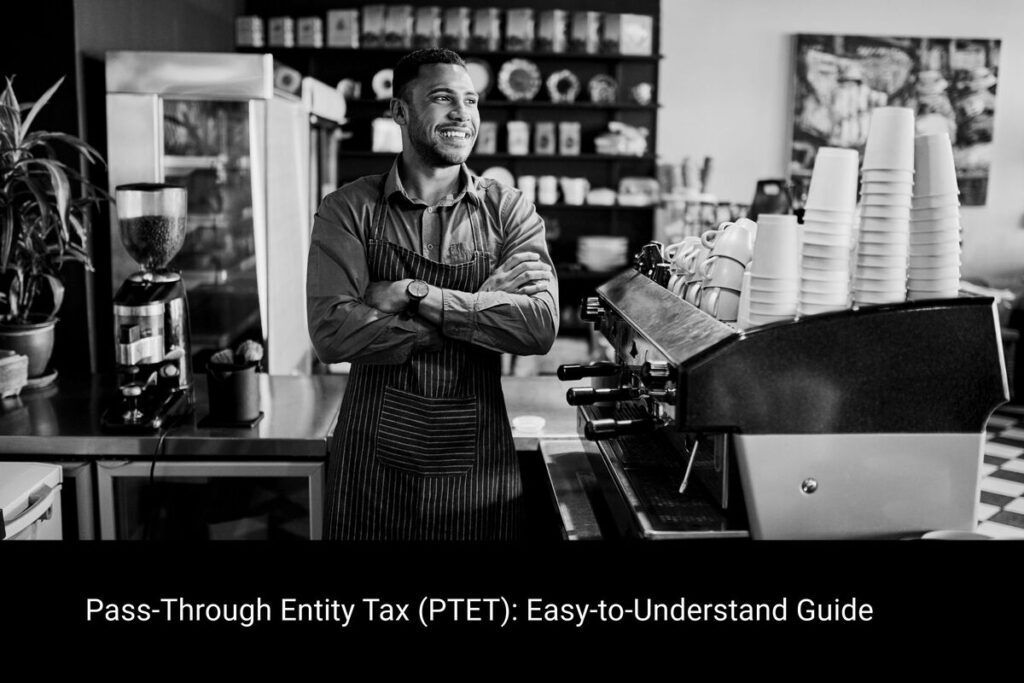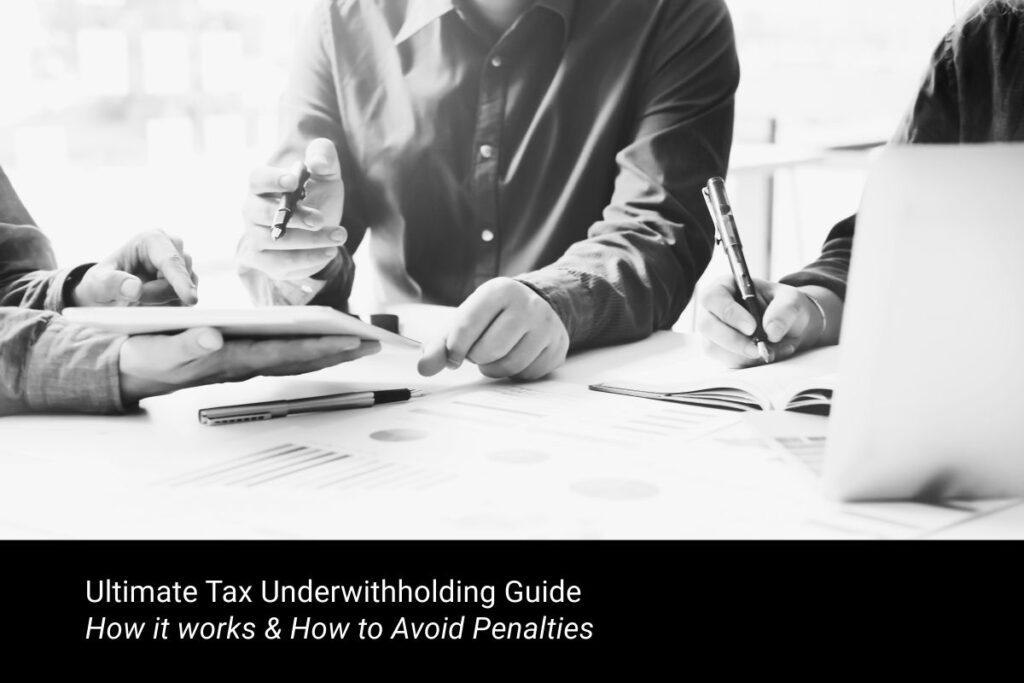A Savvy Money-Saving Strategy for High-Earners
Backdoor Roth Conversions are an increasingly popular way to get money into a Roth if you exceed income limits. Since the government lifted the restrictions on this strategy back in 2010 more and more individuals are building this strategy into their savings plans. However, as popular as they are, they are frequently executed incorrectly. Improper execution of a Backdoor Roth Conversion could result in a surprise tax bill and future penalties. Today we’ll go over what the strategy is and how to execute it right the first time.
What is a Backdoor Roth Conversion?
A Backdoor Roth Conversion is a legal loophole to get money into a Roth IRA if you make too much. As of 2022, if you make over $144,000 as a single filer and $214,000 as a joint filer you are completely phased out of being able to contribute to a Roth IRA.
This Is where the Backdoor Roth comes into play. In this situation, if you make too much to contribute to a Roth IRA, what you could do is establish a Traditional IRA. Once you establish the Traditional IRA you fund it with money you already paid tax on (maybe money you received from your job that is now in your checking). You can put up to $6,000 into it ($7,000 if you are over 50).
Once you have funded your Traditional IRA with after-tax money, you then convert it immediately to a Roth IRA. All you do is move the money from that same Traditional IRA to a Roth IRA. There is no tax implications to you when done correctly and you now have legally put money in a Roth IRA despite the fact you made too much to contribute to one. So just to recap:
- You earn money and pay tax on those dollars
- Those dollars go into a checking account, brokerage account, savings, etc.
- You then put up to $6,000 into a traditional IRA
- You then move that $6,000 to a Roth IRA
- Because you already paid tax on those dollars, there is no tax when converting to Roth
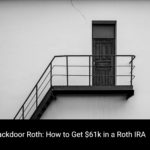
Where Things Go Wrong
When executing a Backdoor Roth Conversion, you need to be aware of IRS Aggregation Rules. When you make a Backdoor Roth Conversion, the IRS looks at all your IRAs to determine your tax liability. This includes Traditional IRAs, Rollover IRAs, SEP IRAs, Simple IRAs, etc. The reason why this is crucial is that if you have significant pretax dollars in IRAs and you attempt to do a conversion, you will pay a prorated amount of tax based on all IRA assets when converting. Here’s an example:
Vicki is single and makes $200,000 a year and wants to put money in a Roth. She makes too much so she decides to execute a backdoor Roth conversion. Vicki goes to execute a $6,000 backdoor Roth conversion. However, Vicki has other IRA accounts:
- Rollover IRA: $275,000
- Traditional IRA: $45,000
- Backdoor Roth Conversion Amount: $6,000
Because Vicki has other IRAs, only a portion of her backdoor Roth conversion will be tax-free:
- $275,000 + $45,000 + $6,000 = $326,000 -> Total IRA Money
- $6,000 / $326,000 = 1.84% -> This is the percentage of the conversion that will be considered tax free
- 1.84% of the $6,000 conversion = $110.40 -> This is the tax-free dollar amount of the conversion
- $6,000 – $110.40 = $5889.60 -> This is the amount that Vicki will have to report as taxable income. Failure to do so could result in further taxes and penalties.
How to Do a Backdoor Roth Conversion Right
The most important question you need to ask yourself when attempting to execute a backdoor Roth conversion is do you have other IRA assets? If you do, you need to find out what the tax liability will be to you based on aggregation rules. That is why it is generally advised that backdoor Roth conversion strategies should be executed with no other IRA assets. The traditional IRA that will be used for the conversion should be the only IRA and it should be at 0 prior to execution.
Alternate Avenues
If you really want to execute the strategy and you have other IRA assets, you could explore consolidating them into your existing employer retirement plan like a 401k. By doing this you would be left with no IRA assets and could execute a clean backdoor Roth conversion. However, it is understandable that maybe you like the investment flexibility available in IRAs. If this is the case, you could:
- Explore if your employer has a Roth 401k option
- Explore a backdoor Mega Roth conversion in an existing plan (more on that here)
What Should You Do?
If you are looking for ways to maximize your retirement savings a backdoor Roth could be a way to help. If you are curious about other ways to save or about constructing a more comprehensive financial plan, please reach out or schedule some time to chat with us.
DISCLOSURES:
MDRN Wealth LLC (“MDRN Wealth”) and its Wealth Advisors do not provide any tax/legal advice. Consult your own tax/legal advisor before making any tax or legal-related investment decisions.
Tax Preparation Services are provided by the third parties who are not affiliated with MDRN Wealth. Neither MDRN Wealth nor its affiliates are the provider of such services and will not have any input or responsibility concerning a client’s eligibility for, or the terms and conditions associated with, these services. Neither MDRN Wealth nor its affiliates shall be responsible for content of any advice or services provided by the unaffiliated third parties.


